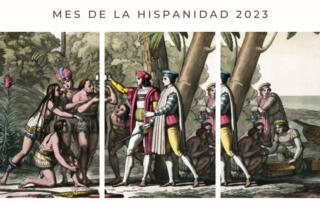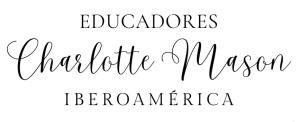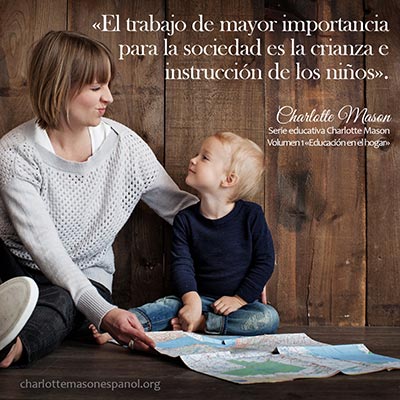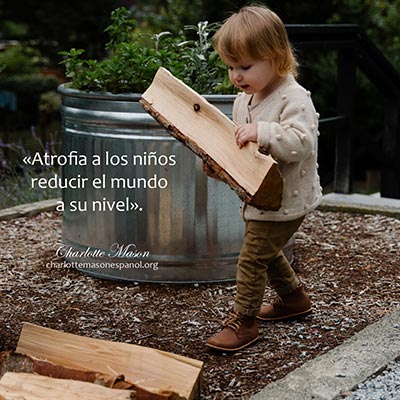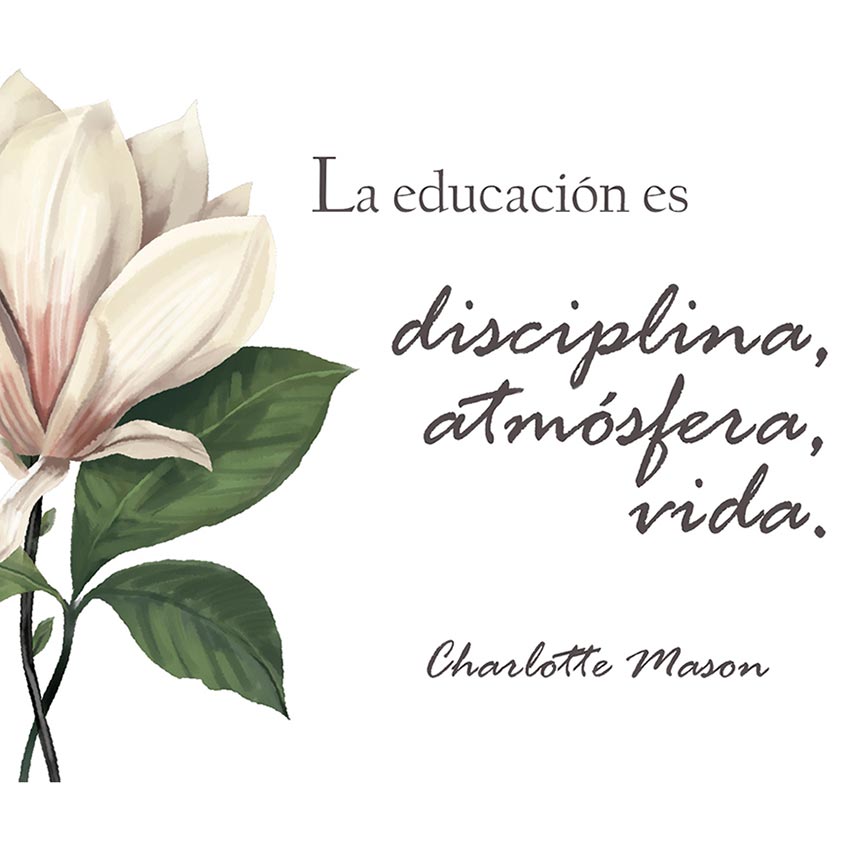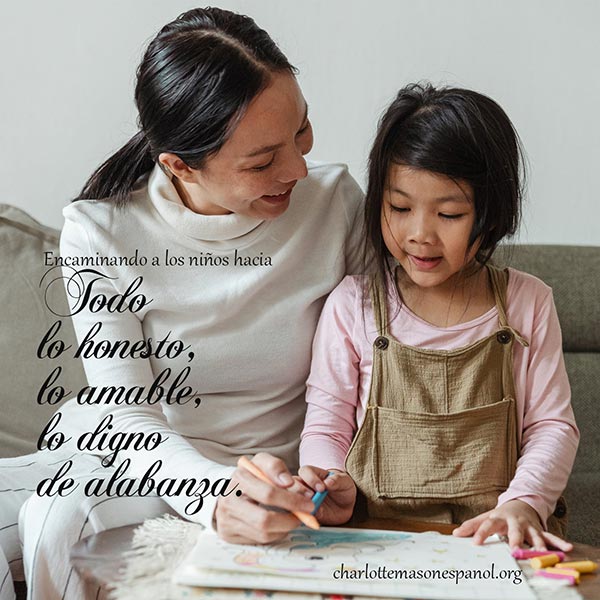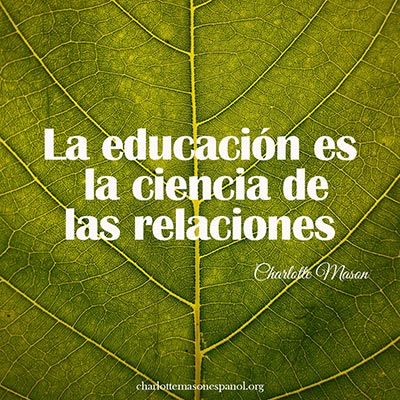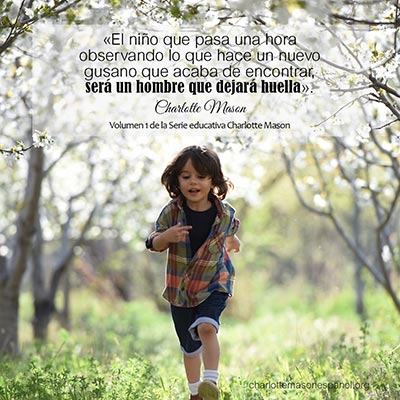A “HISPANIC” CM EDUCATION

“Once Intellect admits us into the realms of History, we live in a great and stirring world, full of entertainment and sometimes of regret; and at last we begin to understand that we, too, are making History, and that we are all part of the whole; that the people who went before us were all very like ourselves, or else we should not be able to understand them. If some of them were worse than we, and in some things their times were worse than ours, yet we make acquaintance with many who were noble and great, and our hearts beat with a desire to be like them. That helps us to understand our own times. We see that we, too, live in a great age and a great country, in which there is plenty of room for heroes; and if these should be heroes in a quiet way, whom the world never hears of, that does not make much real difference. No one was ever the least heroic or good but an immense number of people were the better for it; indeed, it has been said that the whole world is the better for every dutiful life, and will be so until the end of time.”
Ourselves, Charlotte Mason
What Hispanic Identity?
When it comes to a Hispanic identity, there is not a one-size-fits-all approach. Sure, we may all come from Spanish-speaking countries—although may no longer even speak Spanish. Some will prefer to be called Latinos because it sounds more grassroots, as if we were able to forge one identity by the force of the word. Some will prefer to be called Hispanics so they can feel part of the group, especially if they come from Spain. Yet others will doubt whether they fit into either of these names and will struggle to feel a part of any.
For instance, I am from Chile and I don’t consider myself Latina because it feels foreign to me—like an identity born in the United States to generations of Spanish-speaking people. I am a recent addition to this country so I don’t share that history.
I just feel Chilean. My folklore, my oral traditions, my history is different to all my new friends who are closely or remotely connected to a Spanish-speaking heritage.
However, there seems to be an extended thread of relation when it comes to all those who have this Spanish connection within the Americas–and Spain. That’s how I settled for “Hispanic.” I’m sure there’s a ton of stories about this. I can’t wait to hear them!
Starting an Education with Hispanic Identity
May we suggest you start with Spanish?
- If you don’t speak Spanish, consider learning it–it is, after all, key to our Hispanic identity.
- Options to learn Spanish (many people mix two or more of the following):
- Practice every day!
- Combine listening and speaking resources — hopefully, meet up with other Spanish-speaking children/families
- Find adults and children in our community who could exchange practice in Spanish and English
- Music by José-Luis Orozco
- Salsa Spanish (videos). Also on Youtube.
- Make it more than a subject in your school. For instance, include books in Spanish, sing hymns in Spanish, learn poetry in Spanish.
- Listen to audio books in Spanish of well-known stories like Bible stories, fairy tales, fables, etc.
- If you already speak Spanish:
- Speak to your children in Spanish as much as you can, whether both parents speak of Spanish or–especially– if only one parent speaks Spanish
- Read poems and rhymes, tales and stories in Spanish to your children. Fun picture books are a good start. Find some suggestions HERE.
- Teach your children to read in Spanish:
- Make it a goal of yours to find (or create) a Spanish-speaking local community by making friends with Hispanic families
- Help your children respond to you in Spanish by repeating their answers in Spanish and by giving them more and more exposure to Spanish through books, music, videos, Spanish-speaking friends and/or community
- Start brainstorming about key elements of Hispanic identity for you and your students.
- Identify the wants and the needs for your school program
- Drop us a note if you need help!
Secondly, Start Learning!
History – There is so much to learn from the Spanish history of the territory that is now the United States but also from current aspects of Hispanic identity. I’ve collected some key information about a Hispanic American history for you to check HERE.
Other resources:
- Hispanic Heritage Fountation
- League of United Latin American Citizens
- “Recovering the US Hispanic Literary Heritage” Facebook Group
- Yes! We are Latinos! | ¡Sí! Somos latinos
Literature – You may find great options in the Literature and Poetry sections in our website. Other great sources of books in Spanish for Spanish learners:
Shaping a Hispanic Charlotte Mason Education
Start by reading Charlotte Mason’s books which you may find HERE. Keep in mind that the philosophical and the practical are inseparable–just as we allow no separation between the “secular” and the “sacred” in education. Remember:
- Children have power to learn; the learning effort lies on the child, not the teacher. The educator is a facilitator or an instrument in God’s hands in the educational process
- Knowledge of God, human beings and the universe are the core objects of learning, e.g. Bible studies, the humanities and the sciences. Children should be exposed to creative endeavors (art, music, etc) as well as spend time oudoors every day
- The three tools of a CM education are the living atmosphere, the discipline of habits and life-giving books and things
- Most lessons are based on rich literature and real life application of knowledge. Most lessons involve reading a piece of literature and narrating it to the teacher after only 1 reading (habit of attention). Books are read along terms or years. There’s no need to rush readings!
- Lessons are short and varied. They increase in length as the children grow and their attention habits develop.
Don’t be bogged down by curriculum and other constraints! CM’s philosophy education can be adapted to any reality! The next step may be:
- Start by identifying clearly the geographic focus of your school, that is, the Spanish-speaking country or geographic area of interest for you
- Next, learn about the chronological history of your local or national focus in regards to world history. Grab a notebook and start your own Book of Centuries!
- Identify high-quality literature works or “living books” written originally in Spanish OR in a good-quality Spanish translation firstly for the subjects of History and Literature. From those two subjects, it will be easier to find Poetry, Science and Geography. Riches are abundant in Spanish! Composers, artists as well as hymn writers and folk songs exist throughout the Spanish-speaking world. (Remember that the living book par excellence is the Bible, already available in excellent Spanish in the 1960 Reina-Valera version.)
- Make an inventory of available educational resources that are specific to your country and/or geographic location with the help of both the national Charlotte Mason community of educators and the wider Iberoamérica group: Join or follow a national Charlotte Mason Spanish-speaking group HERE and/or the Comunidad Educadores Charlotte Mason Iberoamérica in order to gather information, exchange and share resources above!
- Feel free to click HERE to contact me. I am available for consultations if you desire a one-on-one conversation to start your own journey towards an education with a Hispanic component!
Charlotte Mason Resources
A full grasp of the Charlotte Mason’s educational philosophy will be pivotal for you to apply it in your school room. In our website, you’ll find plenty of links to resources in Spanish. There is an amazing abundance of resources in English, though, if you wish to start there! Some resources in English that we love are the following:
- Read about Charlotte Mason & her educational Series on the AmblesideOnline website.
- Charlotte Mason City Living is a Hispanic urbanite celebrating diversity in a Charlotte Mason Education.
- Find crucial teaching resources on the Charlotte Mason Institute website.
- Charlotte Mason Poetry is a blog and podcast dedicated to promoting Charlotte Mason’s living ideas.
- If you are a homeschooler, Simply Charlotte Mason is a blog, shop and podcast for you.
- Charlotte Mason for All is reaching families around the world with the Charlotte Mason philosophy.
- You can’t miss the inspiring conversations by the moms at A Delectable Education Podcast.
- Read “A Place to Belong” by Amber O’Neal Johnston, it’s full of ideas to welcome your cultural identity into your heart, your home and your education (affiliate link).
- Check Stories of Color Data Base of Hispanic Authors and Books
Resources From Our Community
IG Accounts to Follow!
- Homeschool Aventuras: IG @HomeschoolAventuras
- Caroll Buitrago-Long: IG @caritoyb
- Ana María Kim/Pequeños Lectores: IG @peque.lectores
- Erika Alicea/Charlotte Mason City Living: IG @cmcityliving

